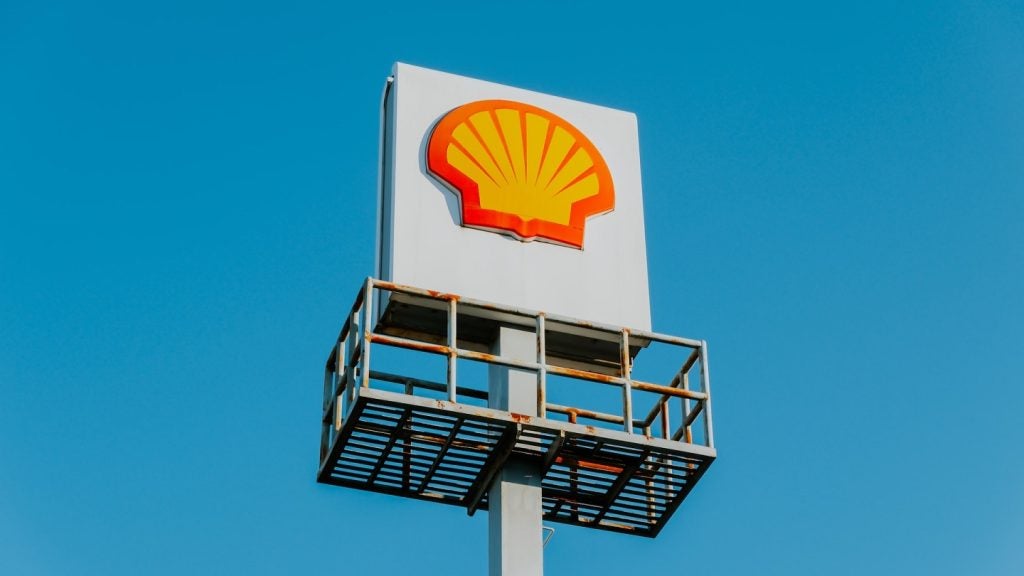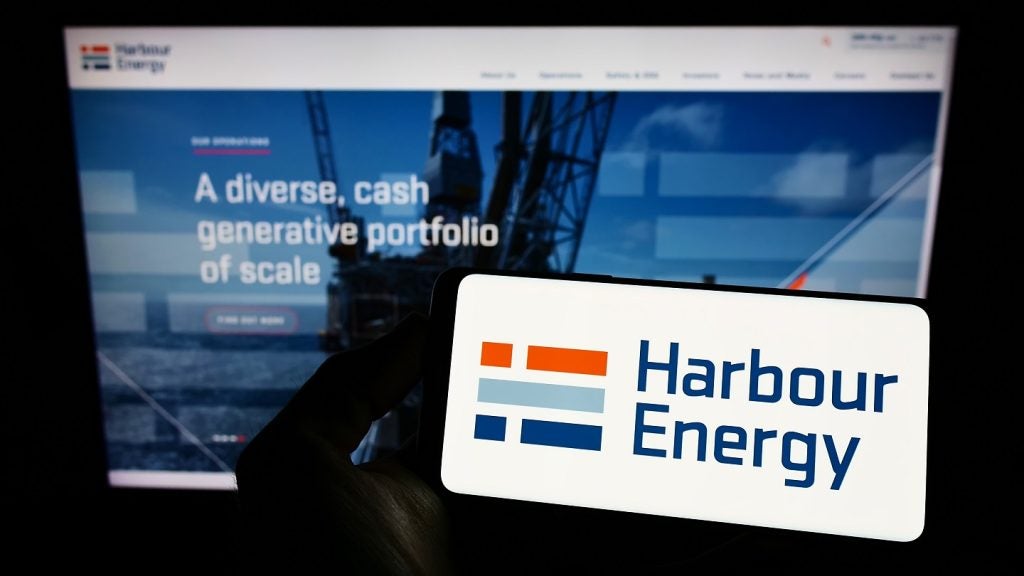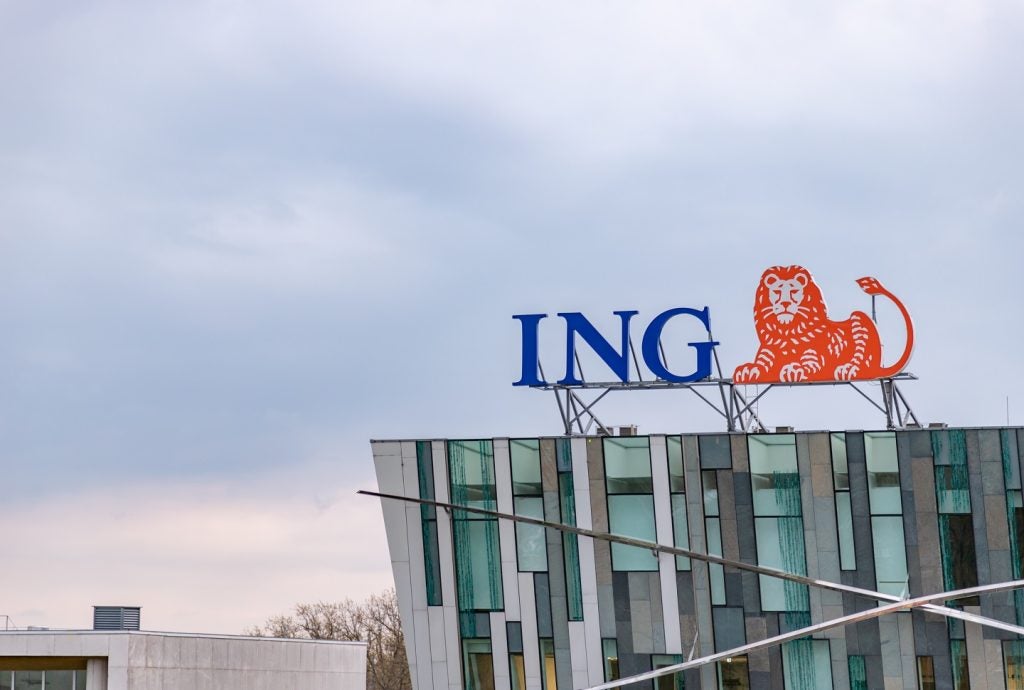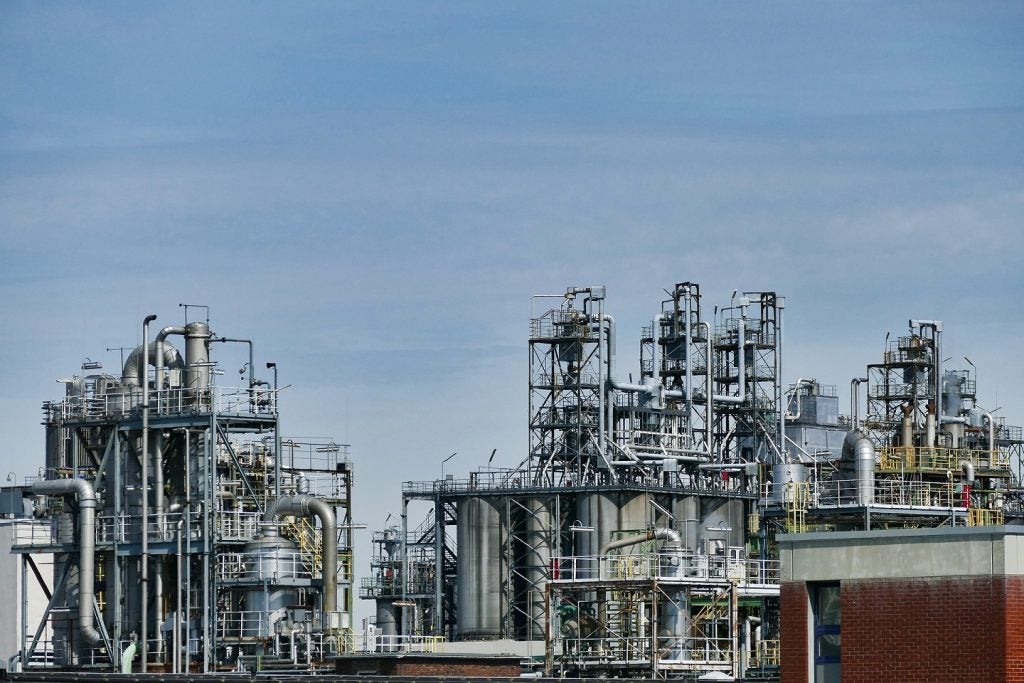Shell is cutting jobs across various divisions to reduce costs and enhance competitiveness, reported Bloomberg, citing sources.
Under the leadership of CEO Wael Sawan, by the end of 2025, the UK-based oil and gas major aims to trim structural costs by up to $3bn (£2.36bn).
The lay-offs are in addition to the previously reported redundancies in the company’s low-carbon division.
Employees affected by the job cuts are being offered redundancy packages or the chance to apply for other roles within Shell, the sources said.
The company has not disclosed the total number of job reductions, but the move is in line with Sawan's commitment to improving Shell's performance and closing the valuation gap with US rivals such as ExxonMobil and Chevron.
In an email, Shell stated: "Achieving those reductions will require portfolio high grading, new efficiencies and a leaner overall organisation. While no formal targets exist, we will continuously look to right-size the activities that deliver the most value."
Sawan, who previously led Shell's natural gas division, has been clear about his intentions to be "ruthless" in enhancing the company's efficiency and profitability.
This includes divestments and reducing investments in areas with lower returns, including some clean energy projects.
Shell's workforce stood at approximately 93,000 employees globally at the end of 2022.
Although Shell's workforce is more than double that of Chevron, the latter has a 34% higher market value.
The oil industry is facing a period of uncertainty, with concerns over the long-term demand for fossil fuels and investor expectations for returns.
This has led to a more conservative approach to spending among oil companies.
For example, Chevron has called for improved performance in 2024 after missing some key targets, and Exxon has reduced its workforce by 17% since 2019, with plans to save $6bn in structural costs by 2027.
In October, reports emerged that Shell plans to cut around 200 positions in its low-carbon solutions unit by 2024, equating to roughly 15% of the division's workforce.















